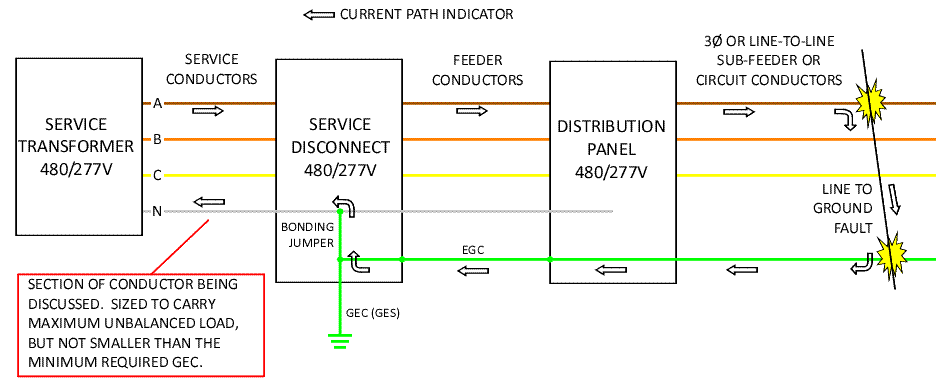erickench
Senior Member
- Location
- Brooklyn, NY
I understand what you are saying about bringing the grounded conductor into the service enclosure and grounding it. It would carry the fault current yes. But is the grounded/neutral conductor large enough to handle the fault current? Do you think that NEC 250.66 would be adequate enough for a grounded system? Maybe NEC 220.61 would be adequate since it would give a higher ampacity. But what if there is no disconnect in the grounded conductor?



